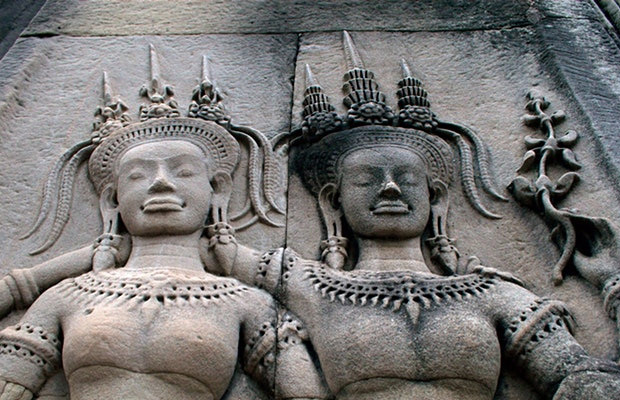Ta Som
Ta Som is a small temple in Angkor, Cambodia, built at the end of the 12th century for King Jayavarman VII. It is located northeast of Angkor Thom and east of Neak Pean. The King dedicated the temple to his father, Dharanindravarman II (Paramanishkalapada), who was King of the Khmer Empire from 1150 to 1160. The temple consists of a single shrine located on one level and surrounded by laterite walls of the enclosure.
Ta Som is a small temple in Angkor, Cambodia, built at the end of the 12th century for King Jayavarman VII. It is located northeast of Angkor Thom and east of Neak Pean. The King dedicated the temple to his father, Dharanindravarman II (Paramanishkalapada), who was King of the Khmer Empire from 1150 to 1160. The temple consists of a single shrine located on one level and surrounded by laterite walls of the enclosure. Like the Preah Khan and Ta Prohm, the temple was left largely unconstrained, with numerous trees and other vegetation growing among the ruins. [1] In 1998, the World Monuments Fund (WMF) added the temple to its restoration program and began work to stabilize the structure to make it safer for visitors.
Structure
Designed to enter from the east, Ta Som is surrounded by a moat and enclosed by three laterite walls that are broken by two sets of gopura (entrance paths). The gopuras are shaped like a cross and contain a small room on each side along with windows that contain balusters. The main structure of the gopura is carved with four faces in the Bayon style. [1] The eastern outer gopura was covered by a sacred fig tree (Ficus religiosa) which grew through the blocks that make up the gopura and on the ground. [3] The inner section of the temple consists of a central cruciform shrine with balconies on each arm surrounded by four corner pavilions. Two small libraries sit on either side of the east entrance way.
Restoration
According to the APSARA Authority that manages the temples in Angkor Park, small restoration work was done in Ta Som until the 1950s. At this time, some structures that were close to collapse were made. After WMF added Ta Som to its project, the WMF team began documenting and interpreting the site and performing the emergency stabilization of fragile structures and improving the flow of visitors around the monument. [4] In 2007, the WMF and the APSARA Authority conducted whitening and documentation work that allowed the temple to be accessed from all four sides. Many sandstone blocks were repaired and this enabled the reconstruction of the North Central Fronton of Gopura.
View Mores Temple Guide

Banteay Kdei Temple
Banteay Kdei (Khmer: ប្រាសាទបន្ទាយ ក្តី Prasat Banteay Kdei), meaning "The Citadel of Chambers," [1] also known as "Citadel of Monks" cells, [2] is a Buddhist temple ...
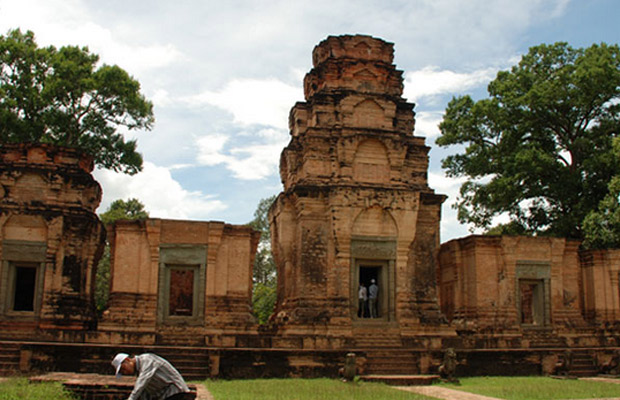
Prey Monty Temple
Transition between Kompong Preah (eighth century AD 706, 800) and Kulen style (first half of the ninth century AD 802-850). CONTENTS Contains a group of 3 brick towers and lay side by side on a low ...
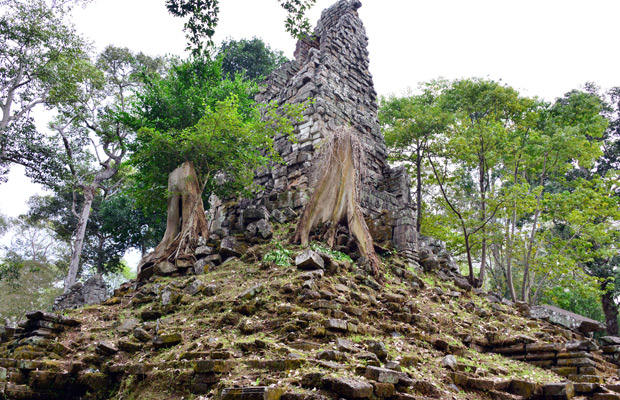
Preah Palilay
Preah Palilay (Khmer: ប្រាសាទព្រះបាលិលេយ្យ [1]) is a temple in Angkor, Cambodia. It is located in Angkor Thom, 400 m north-west of Phimeanakas. This small ...

Krol Ko
Krol Ko in Angkor, Cambodia, is a Buddhist temple built in the late 12th century under the rule of Jayavarman VII. It is north of Neak Pean. Krol Ko is a small temple located north of Neak Pean. It ...
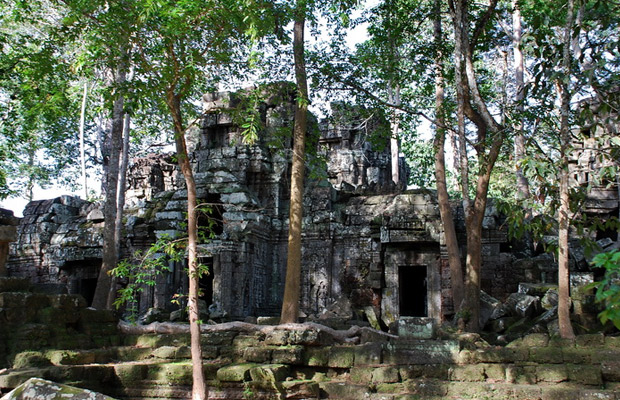
Ta Nei
Ta Nei is a 12th century stone temple located in Angkor, Cambodia. Built during the reign of King Jayavarman VII, it is located near the northwest corner of East Baray, a large sacred reservoir. It ...

Ta Keo
Ta Keo had to be the state temple of Jayavarman V, son of Rajendravarman, who had built the Pre Rup. Like Pre Rup, it has five sanctuary towers arranged in a quincunx, built at the highest level of ...

Phnom Kulen
The Phnom Kulen mountain range is located 30 km north of Angkor Wat. Its name means "mountain of lychees". [3] There is a sacred site at the top of the hill. Phnom Kulen is considered a sacred ...
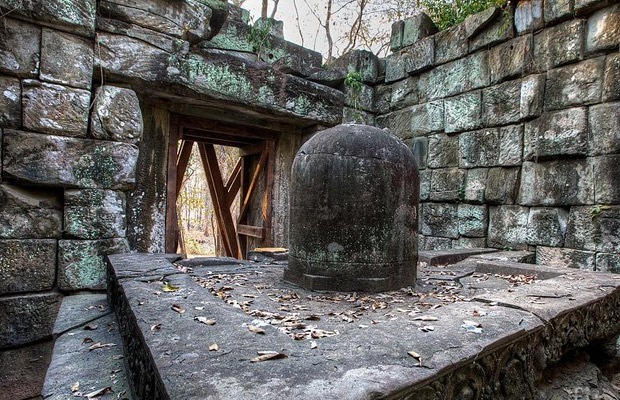
Prasat linga
The nearest monuments to the main temple complex of Koh Ker of Prasat Thom are five isolated temples belonging to the Northeast group. Each of them housed a monolithic decorated Lingam of enormous ...

Prasat Pram
This small temple is in a fair state of preservation, with three surviving sanctuary towers and two libraries. While the walls of the siege survive, the eastern gopura of the temple does not exist ...

Preah Pithu
Preah Pithu (Khmer: ប្រាសាទព្រះពិធូរ), or Prasat Preah Pithu, is a group of five temples in Angkor, Cambodia. In fact, they probably were not designed as a group. ...
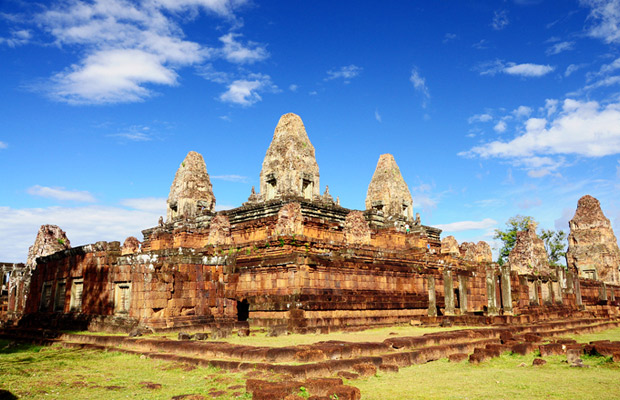
Pre Rup Temple
Pre Rup (Khmer: ប្រាសាទប្រែរូប) is a Hindu temple in Angkor, Cambodia, built as the state temple of King Khmer Rajendravarman [1]: 116 [2]: 73-74 [3]: 361-364 and ...

Prasat Neang Khmau
Neang Khmau means the "Black Lady" in Khmer, probably referring to the fire-marked surface of the tower. Like many of the sanctuaries of Koh Ker, the temple was dedicated to ...




